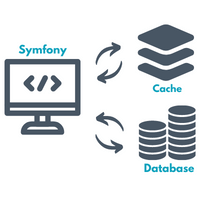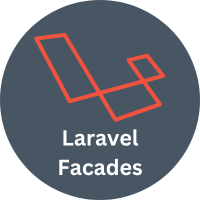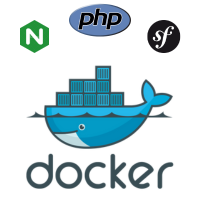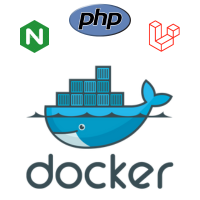Database server setup: enhancing security and performance
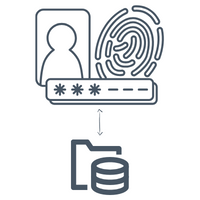
Setting up a robust database server is a critical step in ensuring the smooth functioning of applications and safeguarding sensitive data. In the realm of cybersecurity and efficient data management, employing good practices can make a significant difference. This article explores the advantages of segregating application and database servers, emphasizing the importance of allowing only authorized connections. Additionally, we'll discuss the use of SSH tunnels to enhance security and weigh the pros and cons of such a system.

